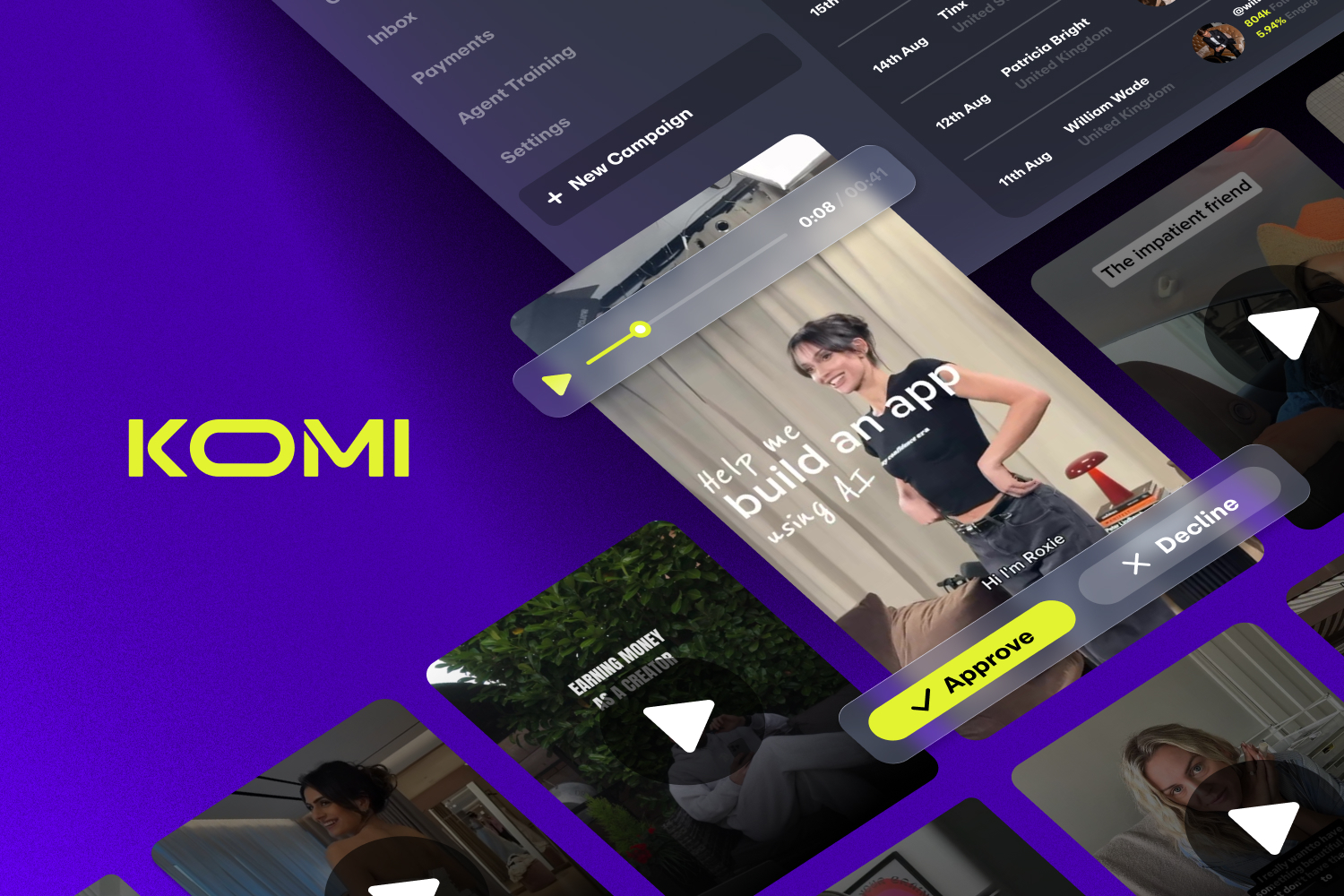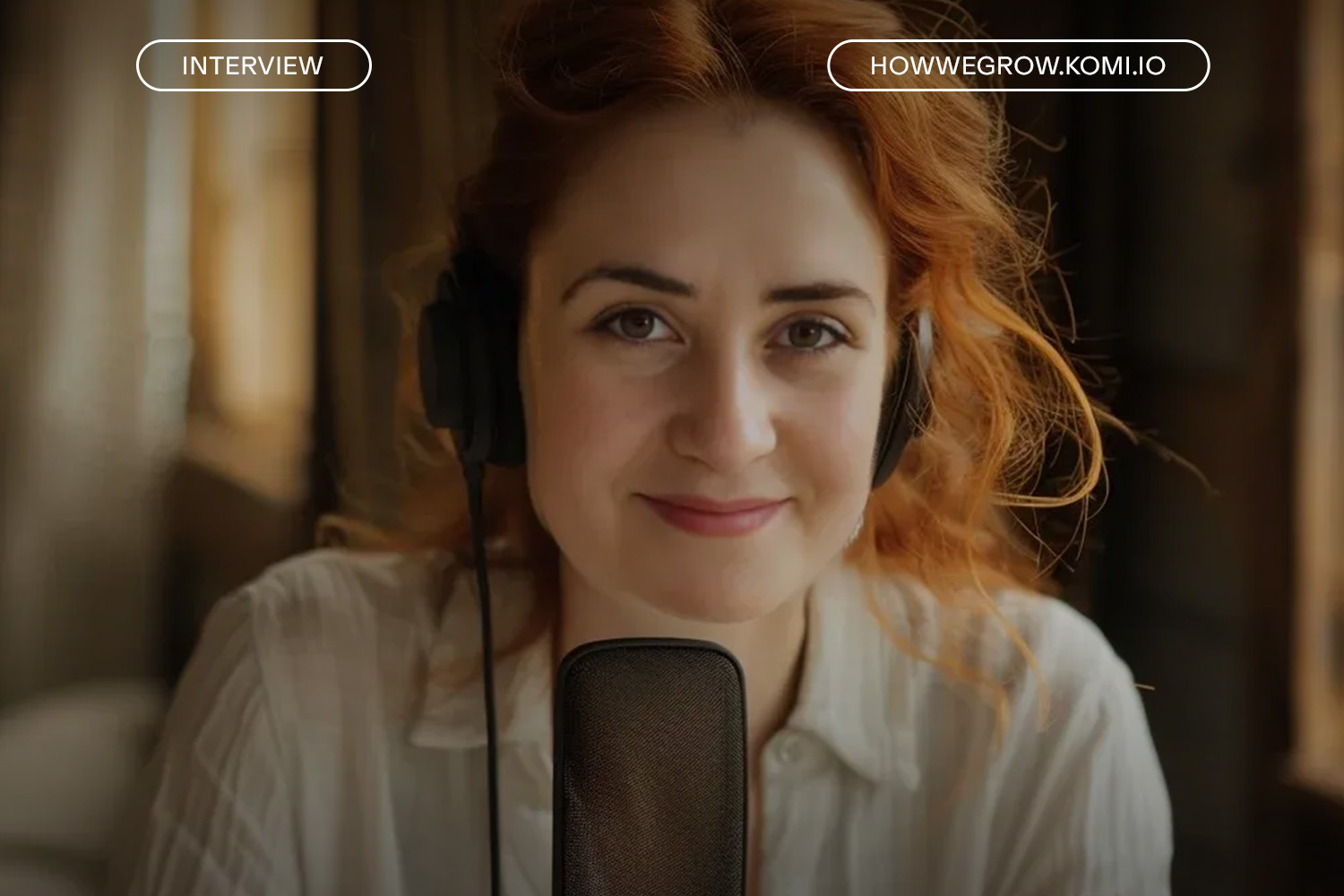5 Common Email Marketing Mistakes Music Marketers Make & How to Correct Them

In the fast-paced and competitive world of music marketing, even experienced managers and marketers can make common mistakes that reduce the effectiveness of their campaigns. These errors can lead to wasted resources, disengaged fans, and missed opportunities. In this post, we'll explore some of the most critical errors music marketers make and provide actionable strategies to correct them, ensuring your campaigns are as impactful and engaging as possible.
Mistake 1: Sending Emails to Your Full List – The "Spray and Pray" Approach
One of the most frequent mistakes in music marketing is the tendency to send out mass emails to an entire mailing list without any segmentation. This "spray and pray" approach assumes that one message fits all, which is rarely the case.
Impact: Sending emails to your full list without considering the diverse interests and behaviors within your audience often leads to poor engagement. Your message may not resonate with everyone, resulting in lower open rates, higher unsubscribe rates, and a disconnect with your audience. Additionally, this can hurt your email sender reputation, leading to more emails landing in the spam folder.
Correction: To address this, segment your email list using key factors like fan behavior, location, and any custom tags associated with your audience. Tailor your messages to each segment to ensure relevance and increase the chances of engagement. For example, you could create different campaigns for super-fans who attend every concert, casual listeners who follow your artists on streaming platforms, and new subscribers who just joined your list.
By taking the time to segment your audience, you can send more personalized, targeted emails that speak directly to the interests of each group, driving higher engagement and loyalty.
Mistake 2: Not Warming Your Domain Before Sending Large Campaigns
Another critical mistake is neglecting to warm up your email domain before launching large-scale campaigns. This is particularly important when you're planning to send a high volume of emails for the first time or after a period of inactivity.
Impact: Failing to warm up your domain can result in a high bounce rate and low deliverability, as email providers may flag your domain as suspicious. This can severely impact your email marketing effectiveness, with many emails ending up in spam folders or not being delivered at all.
Correction: Start by gradually increasing the volume of emails you send over a few weeks, allowing email providers to recognize your domain as trustworthy. Begin with an engaged segment to ensure high open rates, then slowly expand to include the rest of your list. This process will help you build a solid sender reputation and improve deliverability for future campaigns.
Mistake 3: Not Taking an Omni-Channel Approach
Relying solely on email marketing is another common misstep that can limit your reach and effectiveness. While email remains a powerful tool, it's just one part of a broader marketing strategy that should include multiple channels.
Impact: When you focus only on email, you miss out on the potential of other channels that may offer higher engagement rates. For example, SMS marketing boasts significantly higher open rates than email, with many messages read within minutes. Social media, direct messaging, and even physical mail can also play crucial roles in a well-rounded marketing strategy.
Correction: Adopting an omni-channel approach allows you to reach your audience through their preferred channels. Consider integrating SMS campaigns for timely updates or exclusive offers, using social media to engage fans with interactive content, and leveraging direct messaging for personalized communication. By creating a cohesive experience across all channels, you can increase engagement, drive more conversions, and build stronger relationships with your audience.
Mistake 4: Building Lazy Email Templates Without Following the 80:20 Text Ratio
Designing visually appealing emails is important, but focusing too much on aesthetics at the expense of functionality can backfire. A common mistake is creating image-heavy email templates that ignore the recommended 80:20 text-to-image ratio.
Impact: Emails that are too reliant on images can trigger spam filters, leading to lower deliverability. Additionally, some email clients may block images by default, leaving your audience with a poorly formatted message that fails to convey its intended content. Overusing images can also slow down load times, frustrating recipients and reducing engagement.
Correction: To avoid these issues, strive for a balanced email design that prioritizes content while still incorporating visuals. The 80:20 text-to-image ratio is a good rule of thumb, ensuring that your message is clear and accessible even if images are blocked. Focus on creating compelling copy that drives action, supported by images that enhance the message rather than overshadow it.
Mistake 5: Overlooking Fan Engagement
In the rush to launch campaigns and promote music, it's easy to overlook the importance of ongoing fan engagement. However, failing to prioritize engagement can lead to a disengaged audience and missed opportunities to build lasting relationships.
Impact: When fans feel ignored or undervalued, they're less likely to stay loyal to your brand or artists. This disengagement can lead to lower attendance at events, decreased merchandise sales, and reduced streaming numbers. Over time, a lack of engagement can erode your fan base and limit your long-term success.
Correction: Make fan engagement a central part of your marketing strategy by consistently interacting with your audience across all channels. Encourage feedback, respond to comments and messages, and create opportunities for fans to participate in your campaigns. Whether through exclusive content, interactive experiences, or personalized communication, fostering a strong connection with your fans will keep them engaged and invested in your artists' success.
Conclusion
The success of your music marketing efforts hinges on avoiding common pitfalls that can diminish the impact of your campaigns. By taking the time to segment your audience, warming your domain, adopting an omni-channel approach, designing balanced email templates, and prioritizing fan engagement, you can correct these mistakes and enhance your overall strategy.
Earn like the world’s top creators
Claim your KOMI domain today. Plans start at $10.50 USD/month.


